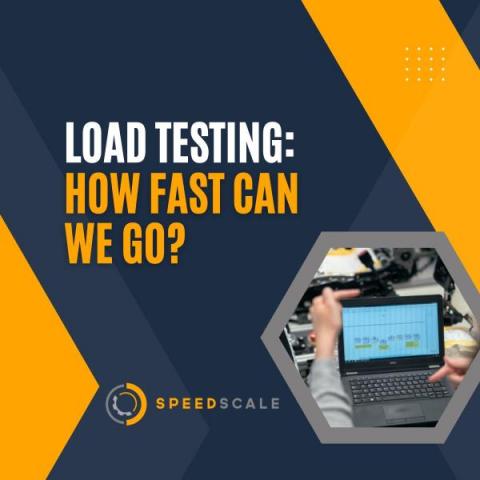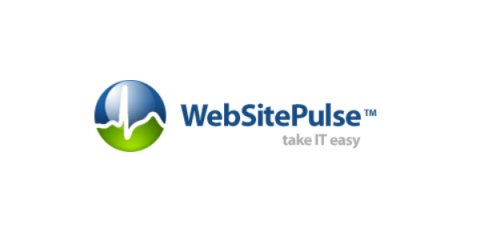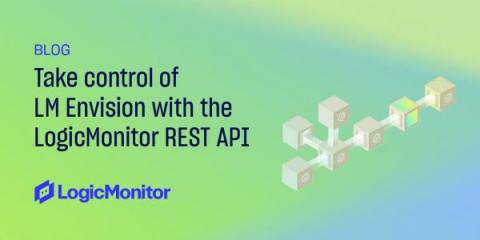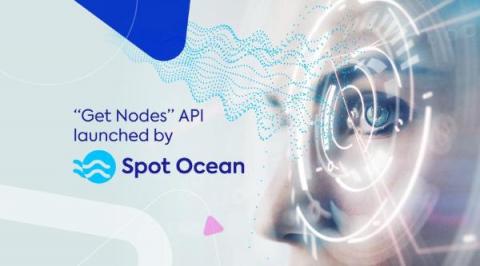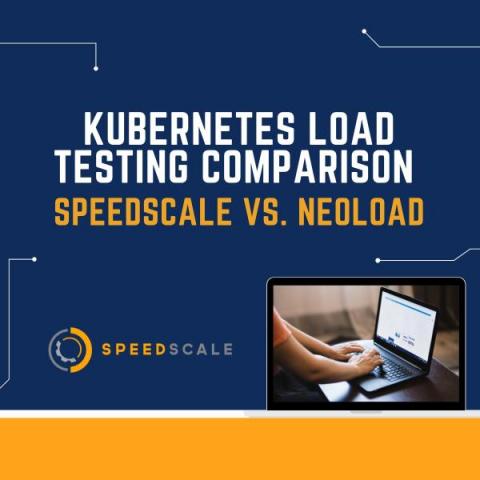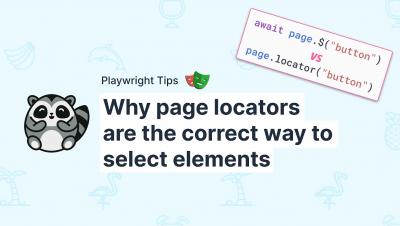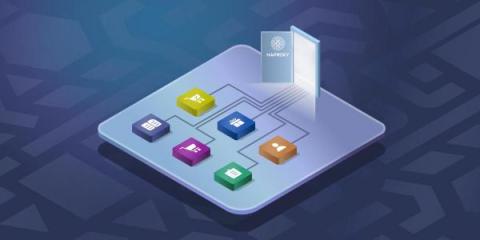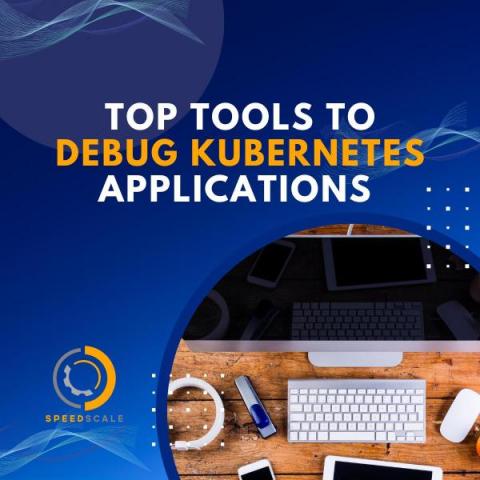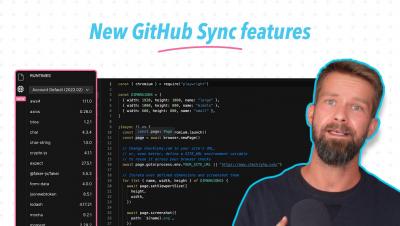Beyond API testing with Jest
Jest is a JavaScript-based testing framework that lets you test both front-end and back-end applications. Jest is great for validation because it comes bundled with tools that make writing tests more manageable. While Jest is most often used for simple API testing scenarios and assertions, it can also be used for testing complex data structures. In this tutorial, we will go through how to use Jest to test nested API responses and hopefully have fun in the process.




